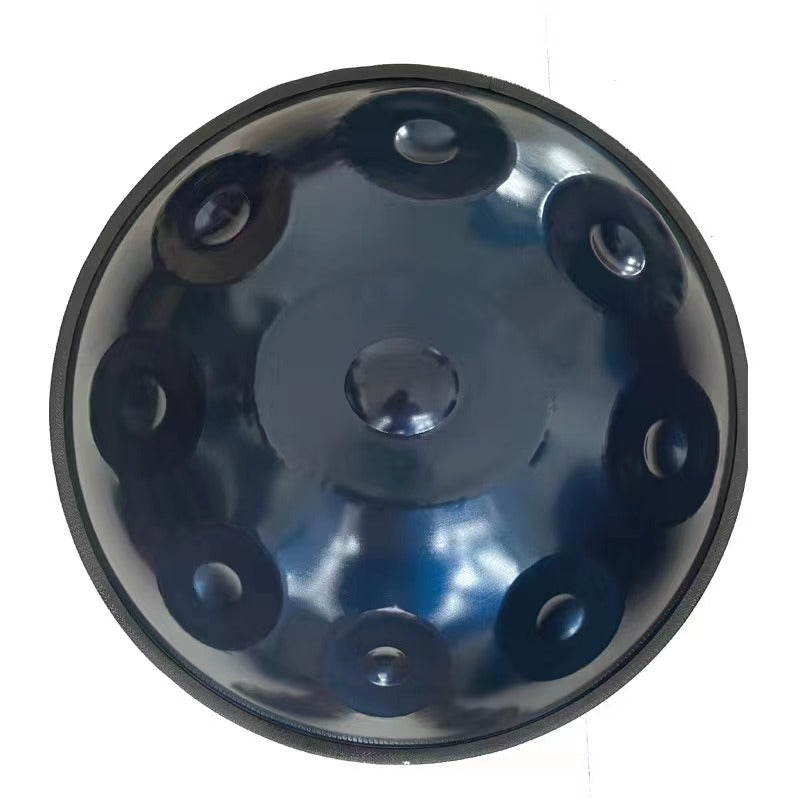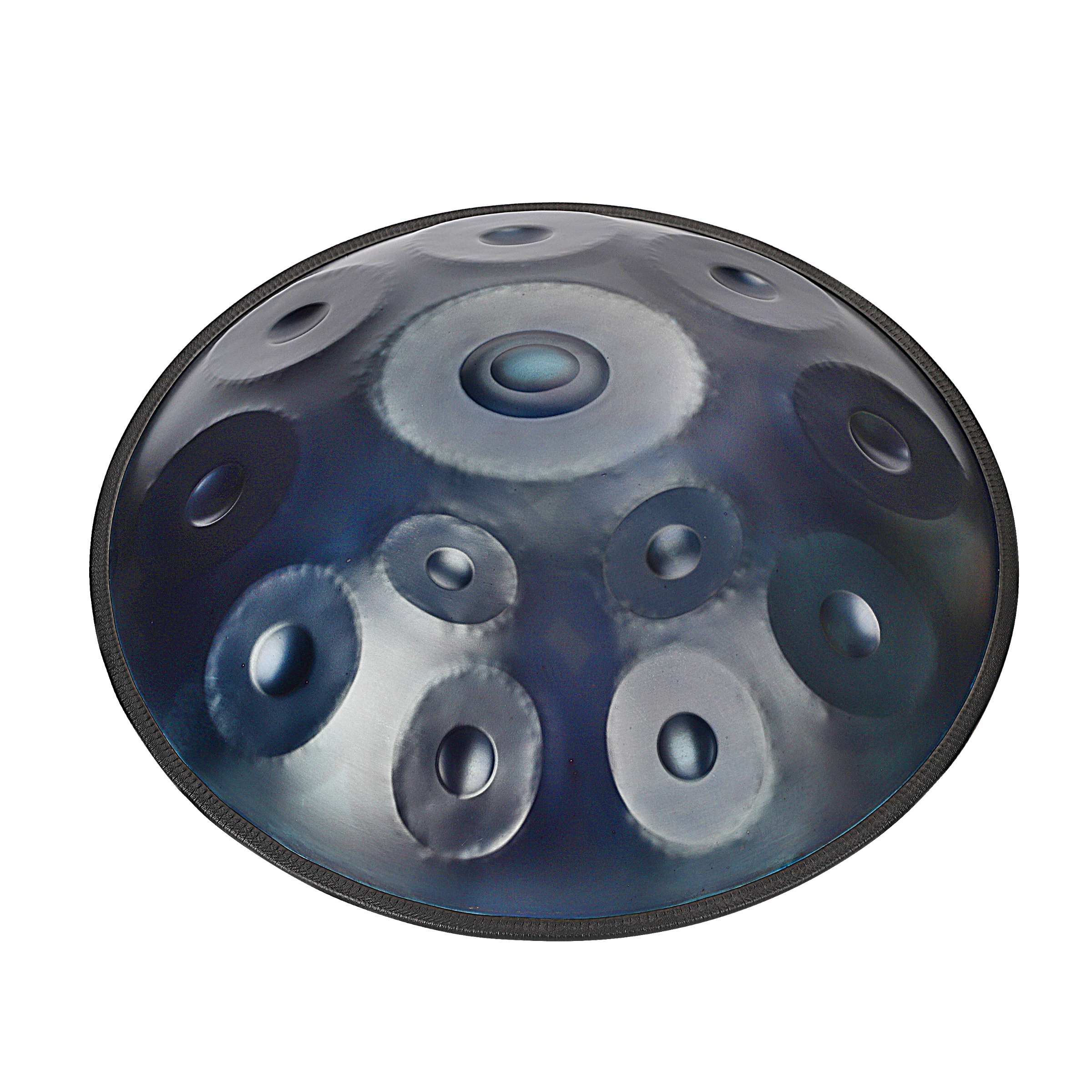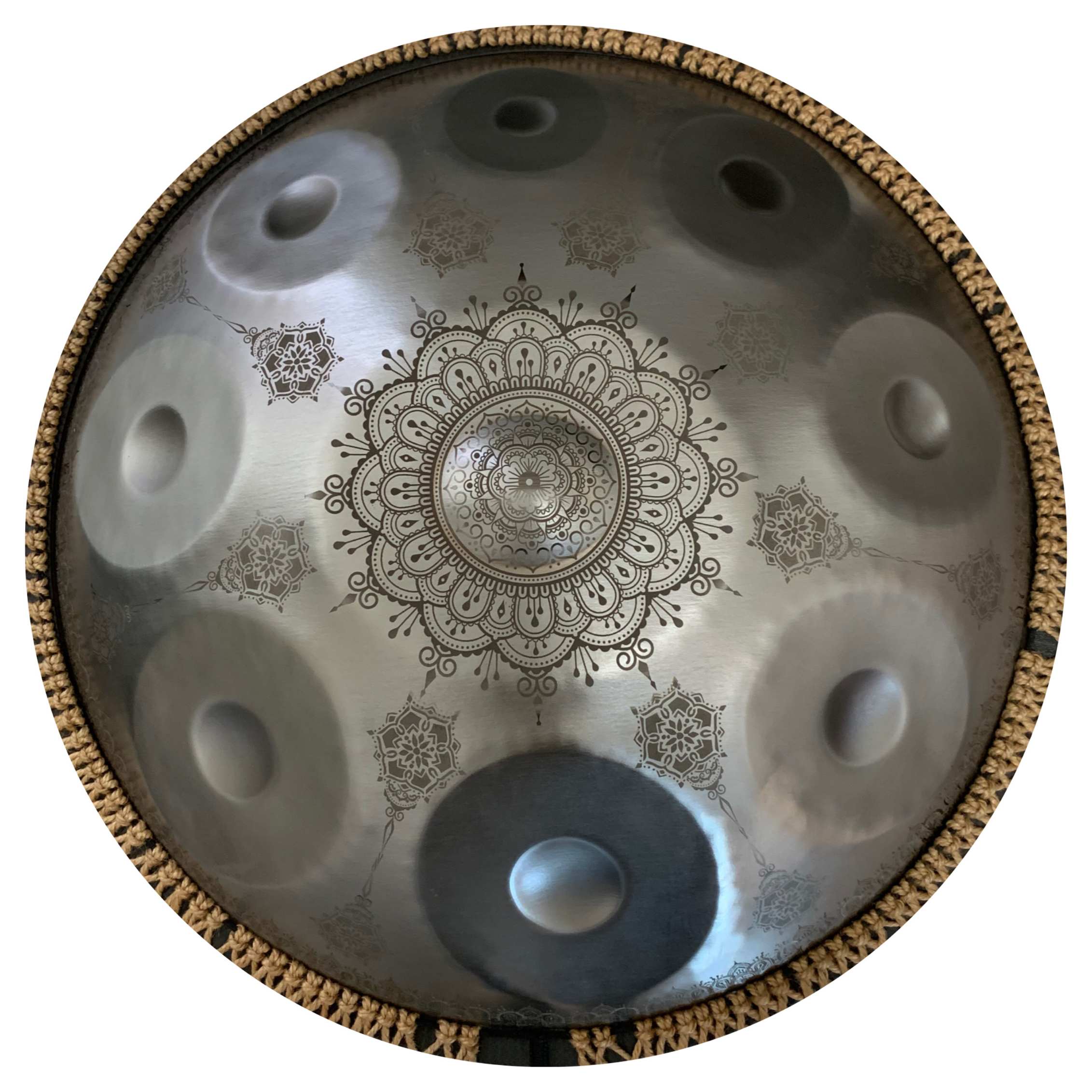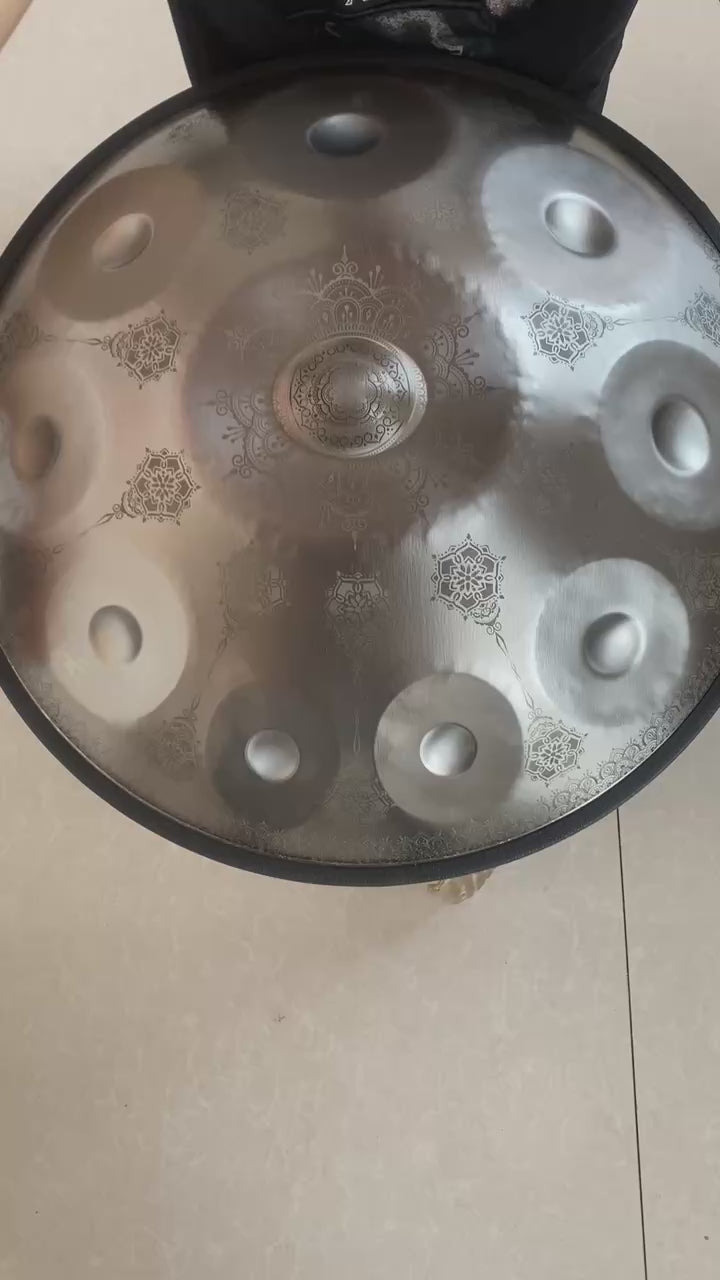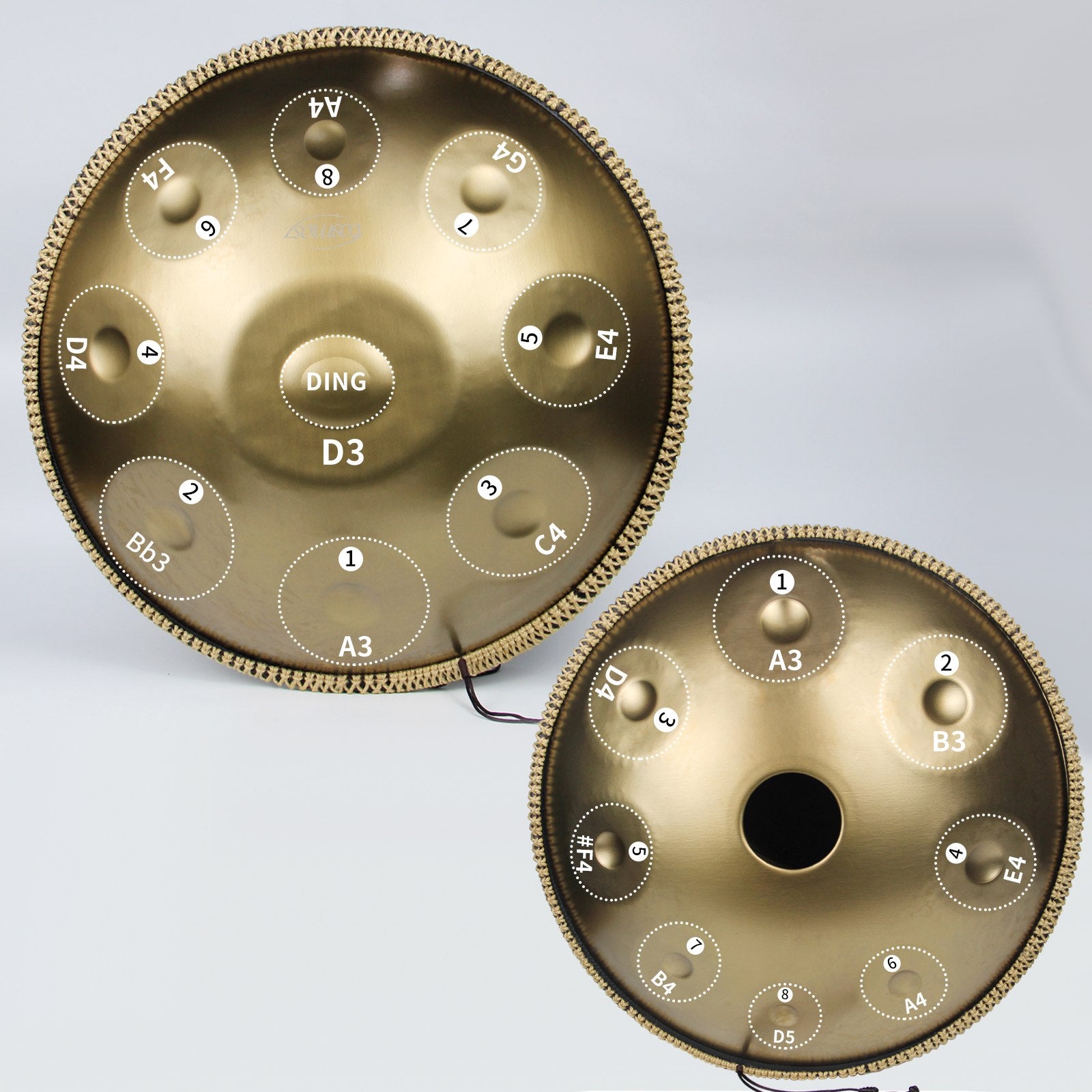The melodic sound and tone of Steel tongue drums have made them a favorite choice for musicians as well as enthusiasts around the globe. But for a lot of people, the question is why are these gorgeous tools so expensive? In today's article, we will uncover the reasons behind why steel tongue drums cost so much and what is fascinating about these musical instruments.

1.Craftsmanship and Quality
As I already said before craftmanship is the one of main reason why it costs a lot. Every drum is mindfully handcrafted by dedicated craftsmen who spend hours shaping, tuning & perfecting the instrument. It is a highly precise, skilled process as every tongue needs to correctly correspond with tuning for pitch and harmonics.
Typically, high-end steel tongue drums are built from dawn til dusk materials such as nitrite or stainless steel which guarantees their long life and superb sound production capabilities. The nitriding process (treatment of the steel with nitrogen to improve hardness and long-term corrosion resistance) is more expensive but results in a better-sounding, hangs on much longer instrument.
2.Tuning and Sound Quality
Tuning a steel tongue drum perfectly is not as simple and easy process, almost hat need of lot time to meter it. The tongues are all individually cut and shaped to make the desired pitch. The tuning is done by tweaking the lengths and widths of each tongue as well as how close they sit towards a magnet or other tunable object. The work is done with the utmost attention to detail and results in an instrument that sounds clean, harmonious while being capable of resonating beautifully when played.
The pitch and tonal consistency of high-quality steel tongue drums are maintained through testing to make sure that it is always in tune. This hyper focus on even the most minute of details and insistence upon pure sound quality is a major contributor to how much these instruments cost in total.
3.Small-scale Production and Crafted Approach
Most steel tongue drum builders are smaller operations that only produce a few instruments annually. While this process delivers better craftsmanship and quality control, it also comes at a cost in production. While many of us may own a mass-produced instrument, that steel tongue drum is unique to you and your experience in the world.
The subject of high-quality steel tongue drums is very similar to the discussed case with gongs - there is a limited number produced and always more people wanting one than it gets made. The rarity of these may help to boost its value as well, there are people who play and collect guitars that will pay even more for a better made guitar.
4.Material Costs
Another important factor is the cost of raw materials to make steel tongue drums. The thing is you want high-quality steel, whether its stainless or nitrided it's not cheap. The shaping and processing of steel to make it tough, whilst still allowing for a beautiful sounding instrument that underpins much of Sri Lankan musical tradition requires machine tools which drive up the cost.
Others include ornamental elements such as fancy etchings, custom paint jobs or a special finish on the steel tongue drum itself. These decorative touches add more materials and labor, and the result is an even higher price for a quality instrument.
5.Tailoring and Uniqueness
Steel tongue drums are considered due to the customization options that many of their makers offer, which enable you to choose scales and even design/print finishes again. Additional costs in time and changes to production processes (as any personalization would) when it comes to customizing a steel tongue drum for individual needs. All this personalization makes the instrument more precious, but of course less cheap.
An example of this might be a musician that asks for a particular scale or tuning, which will force the maker to alter their standard design. Similarly, if you purchase a custom design or have the sides engraved it will require more artistic labor and special tools hence increasing the price of a finished product.
6.Research and Development
Research and development are ongoing Innovation is developing a new or improving on the design, acoustics of steel tongue drum. Makers spend time and money on trying new materials, tuning techniques & construction methods to improve the performance in terms of action which correlates to their playability. Which is good as such an R&D work puts burden on the production cost but it needs to be in place in order for us grow into better and versatile steel tongue drums.
For example, creating whole new designs or testing out alternative materials in order to create a different sound can often be an expensive endeavor, given the time and material costs involved. While the result is a greater array and higher caliber of resources for the end user, it also comes with a visible price.
7.Customer demand And your brand reputation
The price of steel tongue drums is also based on the maker or brand as well as their own popularity in combination with factors that affect supply and demand. This is because they are considered to be big brands already and known for their quality instruments, which makes it expensive than usual. Plus, the more attention that gets put onto steel tongue drums as a whole can have an upward effect on prices (more demand = higher price), especially from the top makers out there.
Similarly, for famous makers collectors and professional musos might be willing to pay a premium, as they know that the instrument is of suitable quality (time proven). This Brand Reputation And Market Demand Can Make Great Difference On Steel Tongue Drums Price.
8.Import and Export Costs
Import and export costs for buyers outside of the country where steel tongue drums are made can increase their price. The shipping, taxes and customs fees can be considerably high making the buying process of a steel tongue drum very difficult as if it needs to travel all over the world. Because often times these expenses get transferred to the buyer, and therefore end up increasing overall price of the instrument.
Conclusion
The expensive price of Steel tongue drums is due to the labour and quality materials involved, the tuning service in particularas well as little production settings including bloodline alternatives and marketplace demand. Although these will all be a large price, it is probably justified by the premium sound quality being able to last over time and distinctive way of playing.
By knowing the driving forces behind what makes a steel tongue drum cost so much, fans of these unique instruments gain even more appreciation for just how beautiful and artistic they truly are. For novice as well as experienced players, owning a steel tongue drum is an investment that will guarantee itself life long musical entertainment and exploration.


